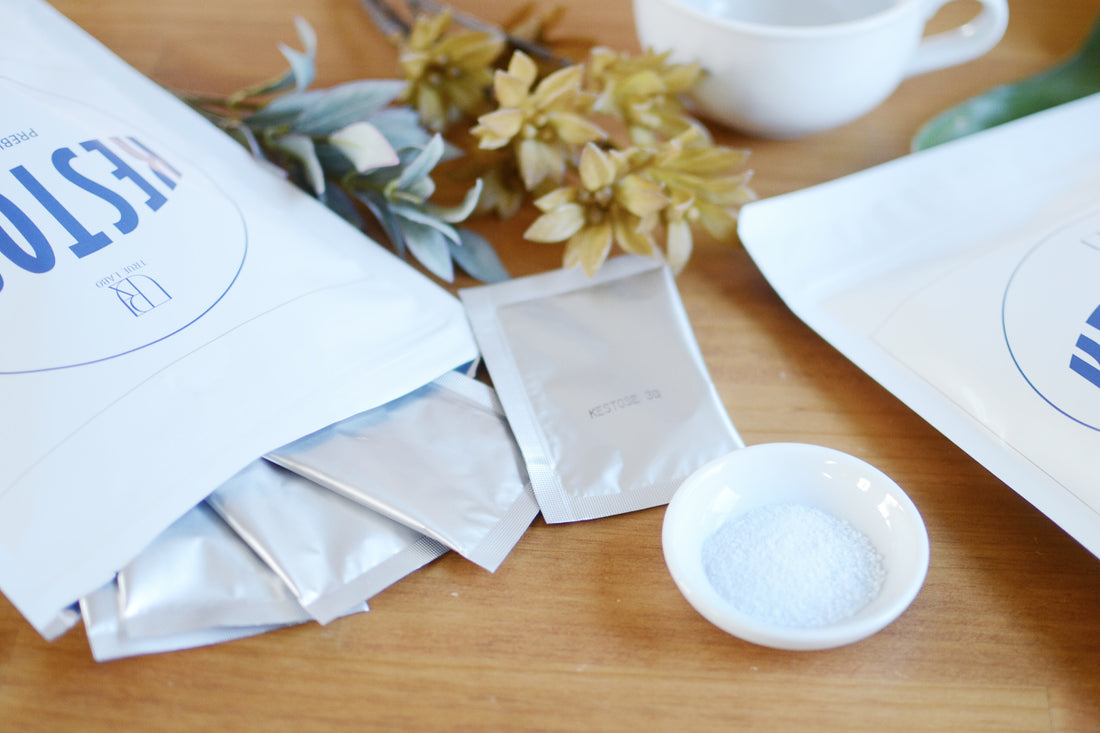In order to adjust the ``intestinal flora'' through intestinal activity, we need good bacteria. It would be nice if we could eat these good bacteria and take them into our bodies, but the lactic acid bacteria and bifidobacteria that are readily available and are said to be good for the intestinal tract are so weak that they die before they reach the intestines.
So, what can we do to increase the number of such sensitive good bacteria in our bodies?

Foods that contain a lot of good bacteria
It is said to be present in large amounts in fermented foods.
·Yogurt
・Natto, kimchi, miso, pickled vegetables
It is said that it is good to take these on a daily basis.
However, most of these lactic acid bacteria and bifidobacteria die before reaching the intestines. Even if you are lucky enough to reach your intestines, it will not stay there and will be excreted.
Also, you need to continue taking a considerable amount to see any changes or effects on your body.
It is said to be 100 to 300g per day if taken in the form of yogurt. One cup of commercially available yogurt is approximately 80g, which is quite a large amount.
Does meat increase bad bacteria?
Bad bacteria that prefer a high-fat diet produce putrefactive substances. Therefore, eating too much meat can disrupt the intestinal environment. This may be the reason for the phenomenon that you are more likely to become constipated the day after eating a lot of meat.That being said, protein is an important nutrient for building the body.
The ideal intestinal environment is to maintain an environment with lots of good bacteria and little bad bacteria.
If you eat meat, eat three times as many vegetables and keep a well-balanced diet in mind.
However, eating three times as many vegetables...
This is also a huge amount if you think about it realistically.
Two points for effective intestinal activity
There are two important points to consider in order to incorporate the beneficial bacteria lactic acid bacteria and bifidobacteria into your diet.
Point 1: Eat foods that contain a lot of good bacteria
Try to include the fermented foods I mentioned earlier, such as yogurt and natto, in your daily diet.
At this time, kestose, a type of oligosaccharide, is added. Kestose is a food that good bacteria like, so when taken together, it guides the good bacteria to the intestines while keeping them healthy. You can expect better results by taking food that feeds the good bacteria.

Kestose is a type of oligosaccharide found in onions, asparagus, and sugar beets. Because it has a natural sweetness, we recommend adding 3g per serving to yogurt or coffee or tea.
Point 2: Cultivate existing bacteria
It is necessary to deliver lactic acid bacteria and bifidobacteria, which are good bacteria, to the intestines alive. Even bacteria that have excellent effects are of no use if they die when they reach the intestines.
When passing through the stomach, the beneficial bacteria are destroyed by gastric juices. In order to deliver the food to the intestines alive, it is necessary to choose the timing of eating, such as avoiding fasting when the concentration of stomach acid is high, and eating after or between meals.
However, it is difficult to ingest new lactic acid bacteria and bifidobacteria and deliver them to the large intestine, so it is important to take care of the bacteria that are already in your body.
Kestose reaches the large intestine without being broken down. Kestose serves as food for the beneficial intestinal bacteria, such as lactic acid bacteria and bifidobacteria , and helps keep your stomach in good condition.
I tried different yogurts.

Kestose has a crunchy texture. It dissolves in water, but the particles are coarse, so it takes a while to fully dissolve into the thick yogurt. However, you can also enjoy its crunchy texture.
If you prefer smooth yogurt, mix it well and let it sit for a few minutes so it blends in and you won't notice it.
I will tell you about recommended yogurt next time!
Let's aim for a more effective intestinal activity by taking both "probiotics" that contain good bacteria that are good for the body, and "prebiotics" that are a nutritional source for those good bacteria!


![[Monthly subscription] Kestose (3g x 30 sachets) Intestinal environment prebiotic oligosaccharide](http://aidaya.shop/cdn/shop/files/11_84177fe6-a9b2-436e-9d65-c2e970fa88c1.png?v=1756813170&width=533)
![[Monthly subscription] Kestose (3g x 30 sachets) x 2 sets Intestinal environment prebiotic oligosaccharide [Free shipping]](http://aidaya.shop/cdn/shop/files/12_b0502f55-0a97-4613-b661-389adc8bddf7.png?v=1756813168&width=533)
![[Monthly subscription] Kestose (3g x 30 sachets) x 3 sets Intestinal environment prebiotic oligosaccharide [Free shipping]](http://aidaya.shop/cdn/shop/files/13_a64c499a-e4be-4527-8cf5-204f1f8e5895.png?v=1756813169&width=533)
![[Monthly subscription] Kestose (3g x 30 sachets) x 4 sets Intestinal environment prebiotic oligosaccharide [Free shipping]](http://aidaya.shop/cdn/shop/files/14_20a70cb9-ee50-4648-8d8c-12db833b463e.png?v=1756813166&width=533)


